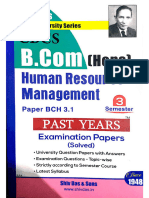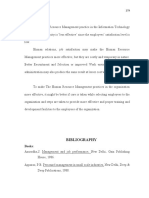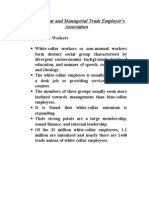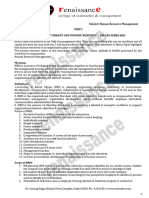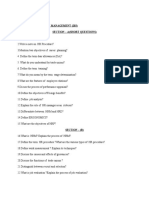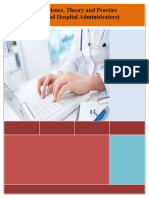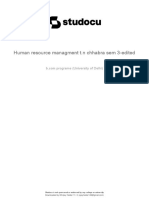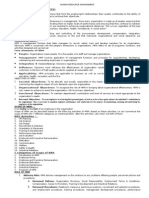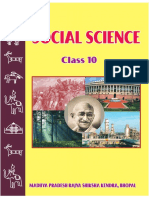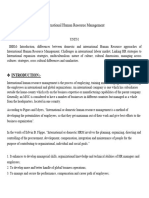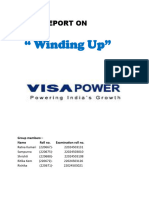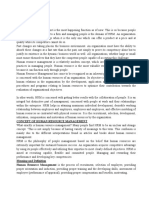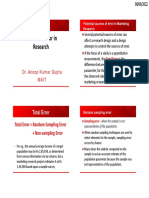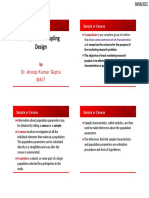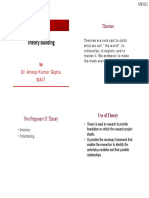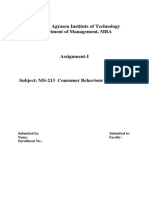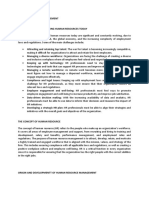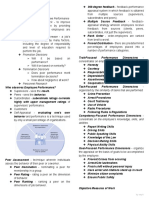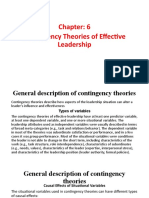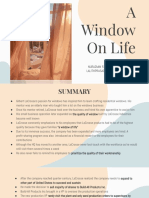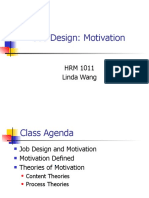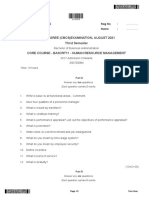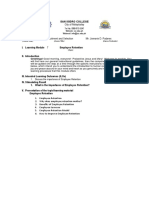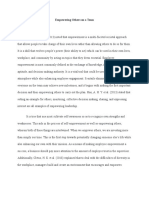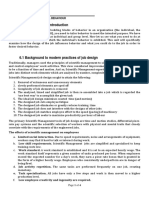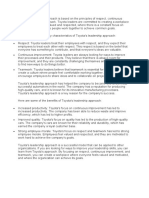0% found this document useful (0 votes)
725 views7 pagesUnit 1 (Bansal)
1. Human resource management involves planning, recruiting, selecting, training, developing, compensating and managing employees.
2. It deals with procuring human resources, developing their skills through training, and maintaining the workforce.
3. The goal is to achieve organizational objectives by optimizing the workforce and ensuring legal compliance.
Uploaded by
Arpana GuptaCopyright
© © All Rights Reserved
We take content rights seriously. If you suspect this is your content, claim it here.
Available Formats
Download as DOCX, PDF, TXT or read online on Scribd
0% found this document useful (0 votes)
725 views7 pagesUnit 1 (Bansal)
1. Human resource management involves planning, recruiting, selecting, training, developing, compensating and managing employees.
2. It deals with procuring human resources, developing their skills through training, and maintaining the workforce.
3. The goal is to achieve organizational objectives by optimizing the workforce and ensuring legal compliance.
Uploaded by
Arpana GuptaCopyright
© © All Rights Reserved
We take content rights seriously. If you suspect this is your content, claim it here.
Available Formats
Download as DOCX, PDF, TXT or read online on Scribd
/ 7




